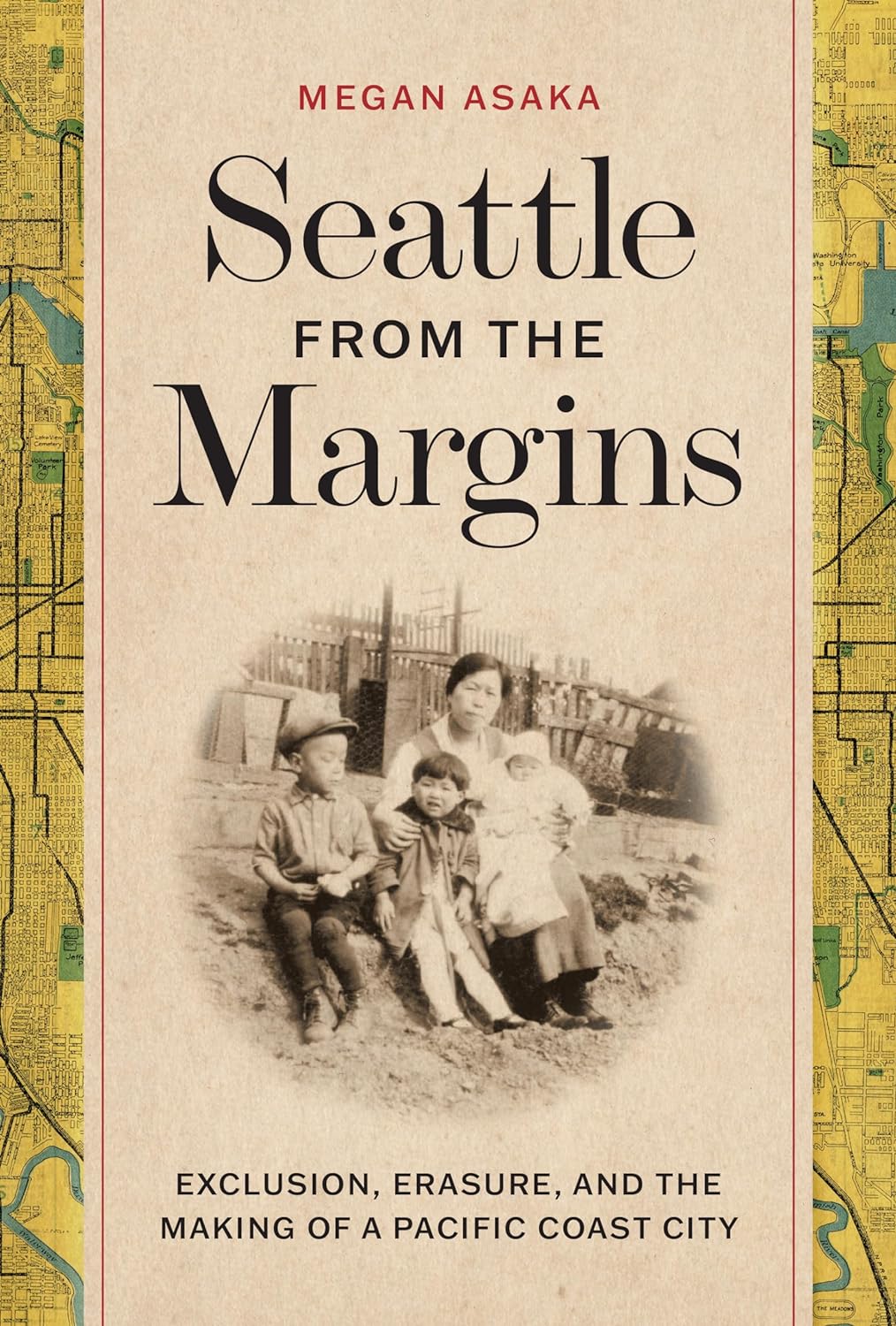The unwholesome reputation of Seattle’s Japanese district deeply troubled local Japanese leaders, as well as government officials in Japan. Historian Eiichiro Azuma notes that the Japanese government kept close tabs on its communities around the world, particularly in the United States. Japan had ascended to global power following its victory against Russia in the Russo-Japanese War of 1904-5, which inaugurated a period of Japanese imperial expansion across Asia and the Pacific world. The government viewed its overseas citizenry as representatives of a modern, civilized Japanese empire and monitored their status through a variety of channels, including a network of Japanese associations that had spread throughout the West Coast. Of particular concern were the Japanese laborers who had arrived the decade prior and who lived and worked in Seattle’s south end. Many Japanese officials believed that the workers’ unkempt appearance, disorderly neighborhoods, and unsavory forms of sociability — such as gambling, sex work, and fraternization with Chinese people — fueled nativist claims against the Japanese and, more importantly, endangered Japan’s standing internationally.
In 1908, the Japanese government dispatched a representative, Secretary Masanao Hanihara, to investigate the activities of all Japanese communities along the West Coast. As early as the 1890s, the Japanese consul in Vancouver, BC, had reported on the prostitution and gambling that pervaded Seattle’s Japanese district. Hanihara had already visited Seattle in 1906 and described the Japanese standard of living as “low and unhealthy.” Two years later, he was disappointed to find that little had changed. In a report back to the Japanese government, he summed up the district in one word: “disgusting.” Laborers and small business operators crowded together in “one disorderly section of the city, forming a sort of irregular and indecent Japanese town next to the lower class Chinese.” Other offenses included “shabby houses,” “dubious looking posters,” and “paper lanterns hung shamelessly at doors.” The neighborhood’s layout also disturbed Hanihara. The “backs of houses lead to obscure roads,” he reported, “where at night obscene sights and words are frequently glimpsed.” Overall, he concluded, the district was “indeed far from a community of civilized people.”
Until that point, local Japanese leaders could do little to change the district. Some had even profited handsomely from the Tenderloin’s economy of commercial sex, gambling, and entertainment. But changes were afoot that created an opportunity and an impetus for reform.
